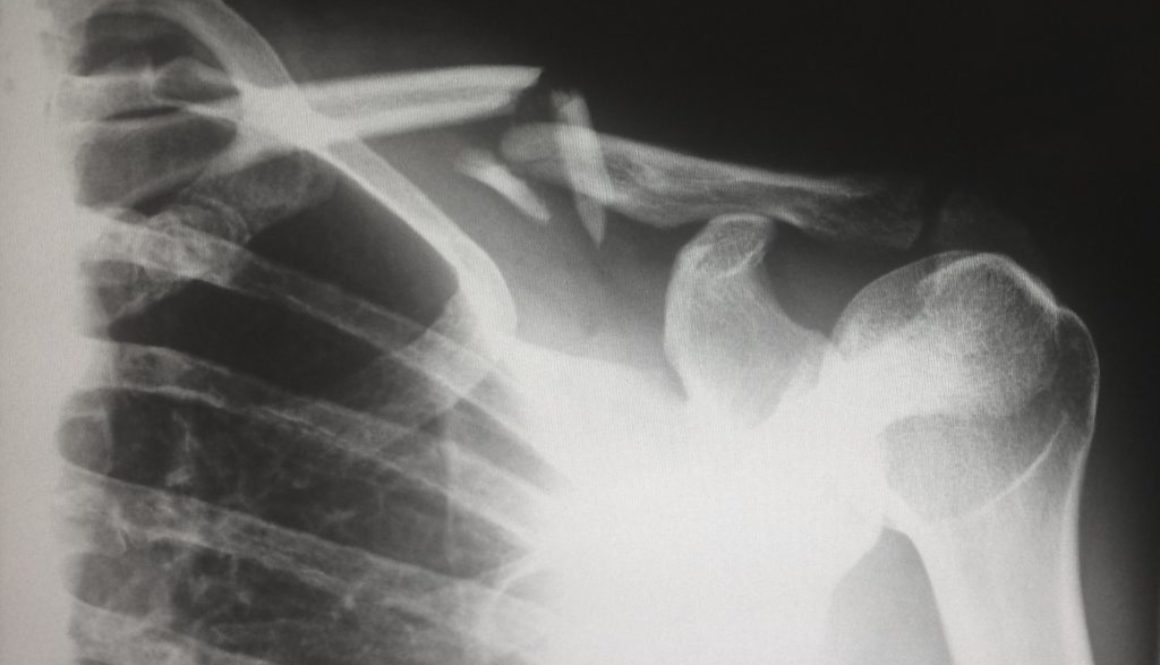Cyclist Safety and Canadian Road Laws: Rights and Responsibilities
Cycling has become a popular mode of transportation and recreation in Canada. While cycling offers numerous benefits, it is crucial for cyclists to be aware of their rights and responsibilities under Canadian road laws to ensure their safety and the safety of others on the road. In this blog post, we will explore the importance of cyclist safety, discuss key Canadian road laws pertaining to cyclists, and highlight the rights and responsibilities that cyclists should be aware of.
1. Sharing the Road: Understanding Rights and Responsibilities
Cyclists in Canada have the right to use public roads, and they are considered legal road users. However, with this right comes the responsibility to adhere to traffic laws and regulations. Cyclists must obey traffic signals, signs, and speed limits, just like any other motorist. It is essential to understand that while cyclists have the right to share the road with vehicles, they must also respect the rights of other road users.
2. Bike Lane Usage and Infrastructure
Many Canadian cities have designated bike lanes and cycling infrastructure to promote cyclist safety. Cyclists should use these bike lanes whenever available and follow the designated cycling routes. When using bike lanes, cyclists should ride in the same direction as traffic, stay to the right, and signal their intentions when turning. It is crucial to be aware of local bylaws and regulations regarding bike lane usage in your specific jurisdiction.
3. Helmet Laws and Safety Equipment
In several provinces and territories across Canada, there are laws mandating the use of helmets while cycling. Wearing a properly fitted helmet is an essential safety measure that can significantly reduce the risk of head injuries in the event of an accident. Cyclists should also consider wearing reflective clothing, using front and rear lights, and equipping their bicycles with bells or horns to enhance visibility and communicate with others on the road.
4. Right of Way and Interactions with Motorists
Understanding the rules regarding right of way is crucial for cyclist safety. Cyclists must yield to pedestrians when using crosswalks and pedestrian crossings. When sharing the road with vehicles, cyclists should be cautious at intersections, signal their intentions, and maintain a predictable riding pattern. It is important to be vigilant and make eye contact with motorists to ensure they are aware of your presence on the road.
5. Importance of Defensive Cycling and Hazard Awareness
Defensive cycling involves actively anticipating and avoiding potential hazards on the road. Cyclists should be attentive to their surroundings, scanning for potential dangers such as opening car doors, potholes, or debris on the road. Maintaining a safe distance from parked cars and riding in a straight line can help prevent accidents. Being proactive and practicing defensive cycling techniques can significantly enhance cyclist safety.
6. Advocacy and Education for Cyclist Safety
Cyclist safety is a shared responsibility among cyclists, motorists, and policymakers. Cyclist advocacy groups and organizations play a vital role in promoting safe cycling practices, lobbying for improved cycling infrastructure, and raising awareness about cyclist rights and safety. Staying informed and participating in educational initiatives can help create a safer environment for cyclists on Canadian roads.
Conclusion:
Cyclist safety on Canadian roads is paramount, and understanding the rights and responsibilities of cyclists is essential for a safe and enjoyable cycling experience. By adhering to Canadian road laws, using designated cycling infrastructure, wearing safety equipment, practicing defensive cycling, and advocating for cyclist safety, cyclists can contribute to a culture of safety and ensure a positive coexistence with other road users. Remember, staying informed and continuously educating oneself about cyclist safety practices is key to creating a safer cycling environment for everyone.









